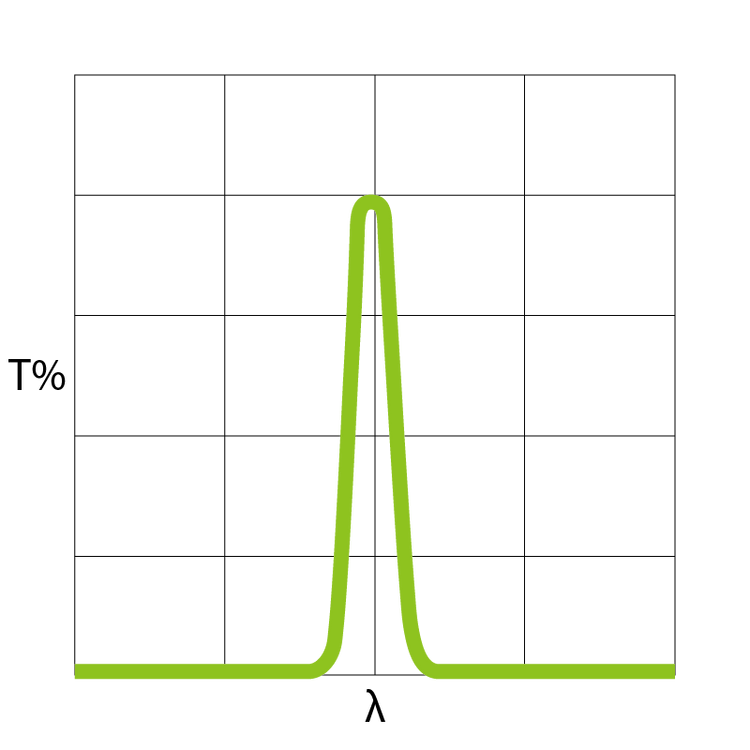BP650-100 Bandpass Filter(CWL=650nm,FWHM=100nm)
$55.00
BP650-50 Bandpass Filter(CWL=650nm,FWHM=50nm)
$55.00
BP645-110 Bandpass Filter(CWL=645nm,FWHM=110nm)
$125.00
BP645-40 Bandpass Filter(CWL=645nm,FWHM=40nm)
$65.00
BP637-40 Bandpass Filter(CWL=637nm,FWHM=40nm)
$65.00
BP637-10 Bandpass Filter(CWL=637nm,FWHM=10nm)
$65.00
BP635-40 Bandpass Filter(CWL=635nm,FWHM=40nm)
$55.00
BP615-8 Bandpass Filter(CWL=615nm,FWHM=8nm)
$125.00
BP610-35 Bandpass Filter(CWL=610nm,FWHM=35nm)
$55.00
BP610-10 Bandpass Filter(CWL=610nm,FWHM=10nm)
$55.00
BP600-20 Bandpass Filter(CWL=600nm,FWHM=20nm)
$55.00
BP600-10 Bandpass Filter(CWL=600nm,FWHM=10nm)
$55.00
BP590-50 Bandpass Filter(CWL=590nm,FWHM=50nm)
$104.00
BP590-20 Bandpass Filter(CWL=590nm,FWHM=20nm)
$55.00
BP580-20 Bandpass Filter(CWL=580nm,FWHM=20nm)
$55.00
BP580-15 Bandpass Filter(CWL=580nm,FWHM=15nm)
$55.00
BP560-20 Bandpass Filter(CWL=560nm,FWHM=20nm)
$55.00
BP555-10 Bandpass Filter(CWL=555nm,FWHM=10nm)
$55.00
BP550-20 Bandpass Filter(CWL=550nm,FWHM=20nm)
$55.00
BP550-10 Bandpass Filter(CWL=550nm,FWHM=10nm)
$55.00
BP540-40 Bandpass Filter(CWL=540nm,FWHM=40nm)
$55.00
BP540-20 Bandpass Filter(CWL=540nm,FWHM=20nm)
$45.00
BP540-10 Bandpass Filter(CWL=540nm,FWHM=10nm)
$55.00
BP535-10 Bandpass Filter(CWL=535nm,FWHM=10nm)
$55.00














